By “archetype” I can only refer to the phenomenal archetype, that which manifests itself in images. The noumenal archetype per se cannot by definition be presented so that nothing whatsoever can be posited of it. In fact whatever one does say about the archetype per se is a conjecture already governed by an archetypal image. This means that the archetypal image precedes and determines the metaphysical hypothesis of a noumenal archetype. So, let us apply Occam’s razor to Kant’s noumenon. By stripping away this unnecessary theoretical encumbrance to Jung’s notion of archetype we restore full value to the archetypal image.’
(Hillman 1971).
The archetypal school rejects the noun “archetype,” even as it retains the adjective “archetypal.” For Hillman (1983), the distinction between archetypes and archetypal images, which Jung regards as comparable, respectively, to Kantian noumena and phenomena, is untenable. According to him, all that individuals ever encounter psychically are images – that is, phenomena. Hillman is a phenomenologist or an imagist: “I’m simply following the imagistic, the phenomenological way: take a thing for what it is and let it talk” (p. 14). For the archetypal school, there are no archetypes as such – no neo-Kantian categories, or noumena. There are only phenomena, or images, that may be archetypal.
For Hillman, the archetypal is not a category but a consideration – a perspectival operation that an individual may perform on any image. Thus Hillman (1977, pp. 82–83) says that “any image may be considered archetypal.” The archetypal is “a move one makes rather than a thing that is.” To consider an image archetypal is to regard it as such, from a certain perspective, to endow it operationally with typicality – or, as Hillman prefers to say, with “value.” Thus, perspectivally, an individual may “archetypalize” any image. Merely considering it so makes it so – or, as Hillman (1975/1979) says, merely capitalizing it makes it so – as in the “Sunburnt Girl” (p. 63). In effect, the archetypal school embraces what Jung tries (never, he admits, entirely with success) to avoid – that is, what he (CW 9.i, p. 59) calls “metaphysical concretism.” Jung says that “any attempt at graphic description” of an archetype inevitably succumbs to metaphysical concretism “up to a point,” because the qualitative aspect “in which it appears necessarily clings to it, so that it cannot be described at all except in terms of its specific phenomenology.” Concrete descriptive qualities cling quite obviously to an archetype like the Great Mother (less evidently to an archetype like the Anima, which is more abstract) – as they also do to the Sunburnt Girl. Most Jungians would be reluctant to dignify the Sunburnt Girl as equal in status to the Great Mother – or even to regard the image as “archetypal” at all. When Hillman capitalizes the Sunburnt Girl, he considers the image archetypal, typical, or valuable. He does not posit or infer the metaphysical existence of archetypes prior to the images. For archetypal psychologists, any and every image, even the most apparently banal, can be considered archetypal.
This post-Jungian, post-structuralist usage of the term “archetypal” is controversial. Most Jungians retain the term “archetype” and continue to define it as Jung did. One Jungian analyst, V. Walter Odajnyk (1984), criticizes Hillman for adopting the name “archetypal psychology.” According to Odajnyk, Hillman should simply have called the school “imaginal psychology” to avoid unnecessary terminological ambiguity. “Archetypal psychology,” Odajnyk (1984, p. 43) says, “sounds as though it were based on the Jungian archetypes, when in fact it isn’t.” This criticism is cogent to Jungians who remain strict structuralists. It is unpersuasive to archetypal psychologists, for they believe that the archetypal, or the typical, is in the eye of the imaginer – or in the imagination’s eye. In a sense, the archetypal is in the eye of the beholder – the subject who beholds an image – but it is also, in another sense, in the eye of the imagination, a transcendent dimension that archetypal psychologists regard as ultimately irreducible to any faculty immanent in the subject.
Source: Michael Vannoy Adams, ‘The Archetypal School,’ Chapter-6 in The Cambridge Companion to Jung. 2008
Archetypal Image
ARCHETYPAL psychology axiomatically assumes imagistic universals, comparable to the universali fantastici of Vico (Scienza Nuova, par. 381), that is, mythical figures that provide the poetic characteristics of human thought, feeling, and action, as well as the physiognomic intelligibility of the qualitative worlds of natural phenomena. By means of the archetypal image, natural phenomena present faces that speak to the imagining soul rather than only conceal hidden laws and probabilities and manifest their objectification.
A psychological universal must be considered psychologically. An archetypal image is psychologically “universal,” because its effect amplifies and depersonalizes. Even if the notion of image regards each image as an individualized, unique event, as “that image there and no other,” such an image is universal because it resonates with collective, trans-empirical importance. Thus, archetypal psychology uses “universal” as an adjective, declaring a substantive perduring value, which ontology states as a hypostasis. And, the universals problem for psychology is not whether they exist, where, and how they participate in particulars, but rather whether a personal individual event can be recognized as bearing essential and collective importance. Psychologically, the universals problem is presented by the soul itself whose perspective is harmoniously both the narrow particularity of felt experience and the universality of archetypally human experience. In Neoplatonic thought, soul could be spoken of as both my soul and world soul, and what was true of one was true of both. Thus, the universality of an archetypal image means also that the response to the image implies more than personal consequences, raising the soul itself beyond its egocentric confines (soul-making) and broadening the events of nature from discrete atomic particulars to aesthetic signatures bearing information for soul.
Because archetypal psychology gives priority to particular pattern over literal particle – and considers that particular events are always themselves imagistic and therefore ensouled – imagination too is assumed to be primordially patterned into typical themes, motifs, regions, genres, syndromes. These kinds of patterns inform all psychic life. Gilbert Durand (1960, 1979) – following upon the lines opened by Bachelard – and Durand’s Centre de Recherche sur l’Imaginaire (w3.u-grenoble3.fr/cri/) have been charting the inherent organization of the imaginary as the basis of cultural anthropology and sociology, even as the basis of psychological meaning in all consciousness. Durand’s papers published in the Eranos Yearbooks since 1964 present a range of archetypal cultural analysis.
Archetypal psychology has pressed beyond the collection of objective data and the correlation of images as verbal or visual symbols. If archetypal images are the fundamentals of fantasy, they are the means by which the world is imagined, and therefore they are the models by which all knowledge, all experiences whatsoever become possible: “Every psychic process is an image and an ‘imagining,’ otherwise no consciousness could exist …” (CW 11:?889). An archetypal image operates like the original meaning of idea (from Greek eidos and eidolon): not only “that which” one sees but also that “by means of which” one sees. The demonstration of archetypal images is therefore as much in the act of seeing as in the object seen, since the archetypal image appears in consciousness itself as the governing fantasy by means of which consciousness is possible to begin with. Gathering of data does less to demonstrate objectively the existence of archetypes than it does to demonstrate the fantasy of “objective data.”
Furthermore, unlike Jung who radically distinguishes between noumenal archetype per se and phenomenal archetypal image, archetypal psychology rigorously refuses even to speculate about a nonpresented archetype per se. Its concern is with the phenomenon: the archetypal image. This leads to the next step: “… any image can be considered archetypal. The word ‘archetypal’ rather than pointing at something … points to something, and this is value … by archetypal psychology we mean a psychology of value. And our appellative move is aimed to restore psychology to its widest, richest, and deepest volume so that it would resonate with soul in its descriptions as unfathomable, multiple, prior, generative, and necessary. As all images can gain this archetypal sense, so all psychology can be archetypal… ‘Archetypal’ here refers to a move one makes rather than to a thing that is” (Hillman 1977b).
Here, archetypal psychology “sees through” itself as strictly a psychology of archetypes, a mere analysis of structures of being (gods in their myths), and, by emphasizing the valuative function of the adjective archetypal, restores to images their primordial place as that which gives psychic value to the world. Any image termed archetypal is immediately valued as universal, trans-historical, basically profound, generative, highly intentional, and necessary.
Since “archetypal” connotes both intentional force (Jung’s “instinct”) and the mythical field of personifications (Hillman’s “gods”), an archetypal image is animated like an animal (one of Hillman’s frequent metaphors for images) and like a person whom one loves, fears, delights in, is inhibited by, and so forth. As intentional force and person, such an image presents a claim – moral, erotic, intellectual, aesthetic – and demands a response. It is an “affecting presence” (Armstrong 1971) offering an affective relationship. It seems to bear prior knowledge (coded information) and an instinctive direction for a destiny, as if prophetic, prognostic. Images in “dreams mean well for us, back us up and urge us on, understand us more deeply than we understand ourselves, expand our sensuousness and spirit, continually make up new things to give us – and this feeling of being loved by the images … call it imaginal love” (Hillman 1979a). This message-bearing experience of the image – and the feeling of blessing that an image can bring – recalls the Neoplatonic sense of images as daimones and angels (message bearers). “Perhaps – who knows? – these eternal images are what men mean by fate” (CW 7:?183).
Although an archetypal image presents itself as impacted with meaning, this is not given simply as revelation. It must be made through “image work” and “dream work” (Hillman 1977b, 1979a). The modes of this work may be concrete and physical as in art, movement, play, and occupational therapies; but more importantly (because less fixedly symbolic), this work is done by “sticking to the image” as a psychological penetration of what is actually presented including the stance of consciousness that is attempting the hermeneutic. Image work is not legitimately such unless the implicit involvement of a subjective perspective is admitted from the start, for it too is part of the image and in its fantasy.
Image work requires both aesthetic culture and a background in myths and symbols for appreciation of the universalities of images. This work also requires a series of tactical moves (Hillman and Berry 1977), frequently linguistic and phonetic (Sardello et al. 1978; Severson 1978; Kugler 1979b) and etymological (Lockhart 1978, 1980; Kugelmann 1983), and also grammatical and syntactical experimentation (Ritsema 1976; Hillman 1978a). Other tactical moves concerning emotion, texture, repetitions, reversals, and restatements have been described by Berry (1974).
The primary intention of this verbal work with images is the “recovery of soul in speech” (Sardello 1978a), which at the same time reveals the erotic and aesthetic aspect of images – that they captivate, charm, persuade, have a rhetorical effect on soul beyond their symbolic content. Image-work restores the original poetic sense to images, freeing them from serving a narrational context, having to tell a story with its linear, sequential, and causal implications that foster first-person reports of the egocentric actions and intentions of a personalistic subject. The distinction between image and narrative (Berry 1974; Miller 1976a) is fundamental to the distinction in imaginative style between archetypal polytheistic psychology and traditional psychologies that are egocentered, epic narrations (therapy).
Three further developments in theory of archetypal images are worth attention. Paul Kugler’s work (1978, 1979a) elaborates an acoustic theory of images as structures of invariant meaning apart from linguistic, etymological, semantic, and syntactical meaning. Charles Boer and Peter Kugler (1977) have correlated archetypal images with the theory of perception of J.?J. Gibson, asserting that archetypal images are afforded directly by the environment (and are not subjective), so that “archetypal psychology is mythical realism.” Casey (1979) sets forth the idea that imagination is so closely related with time, both psychologically and ontologically, that actual image-work not only takes time into soul or makes temporal events soul events but also makes time in soul.
Source: Hillman, James. Archetypal Psychology: A Brief Account (Uniform Edition). Spring Publications.
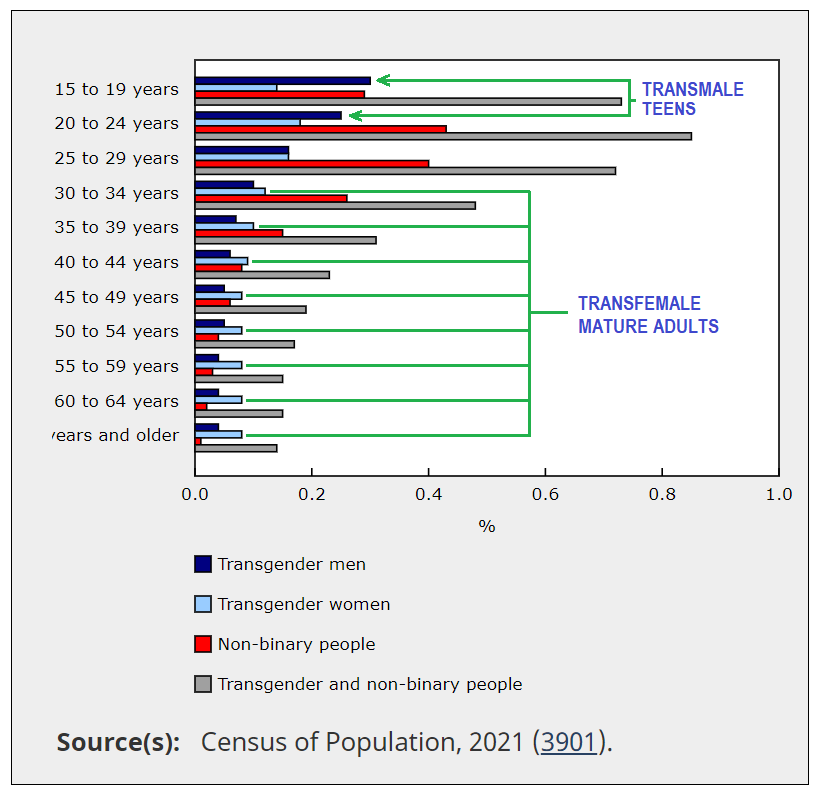
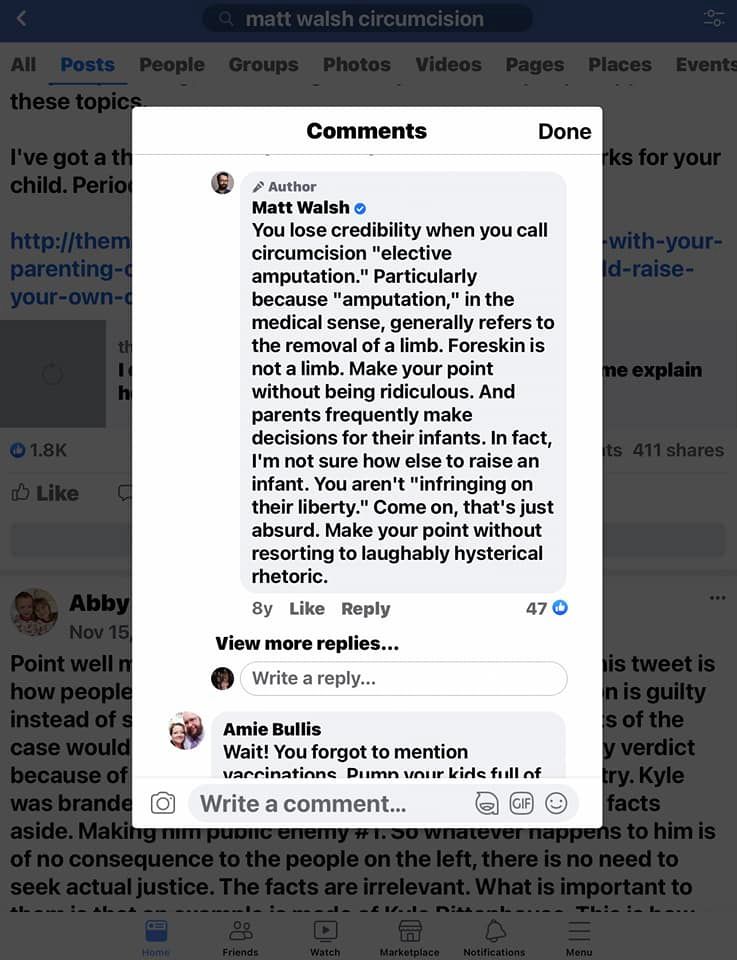

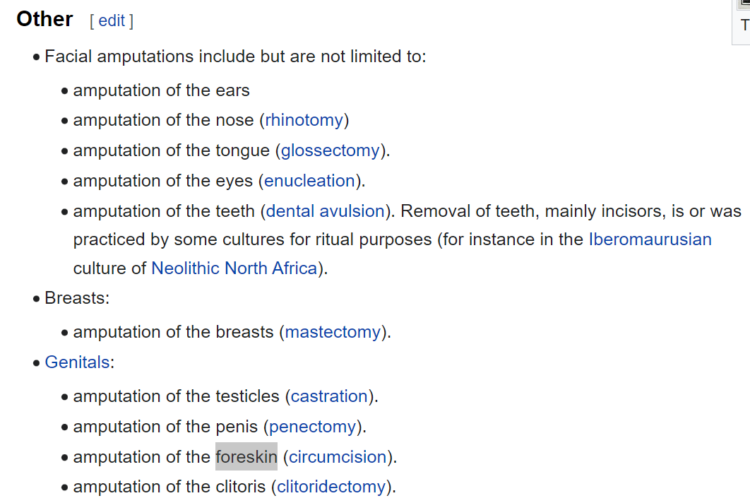

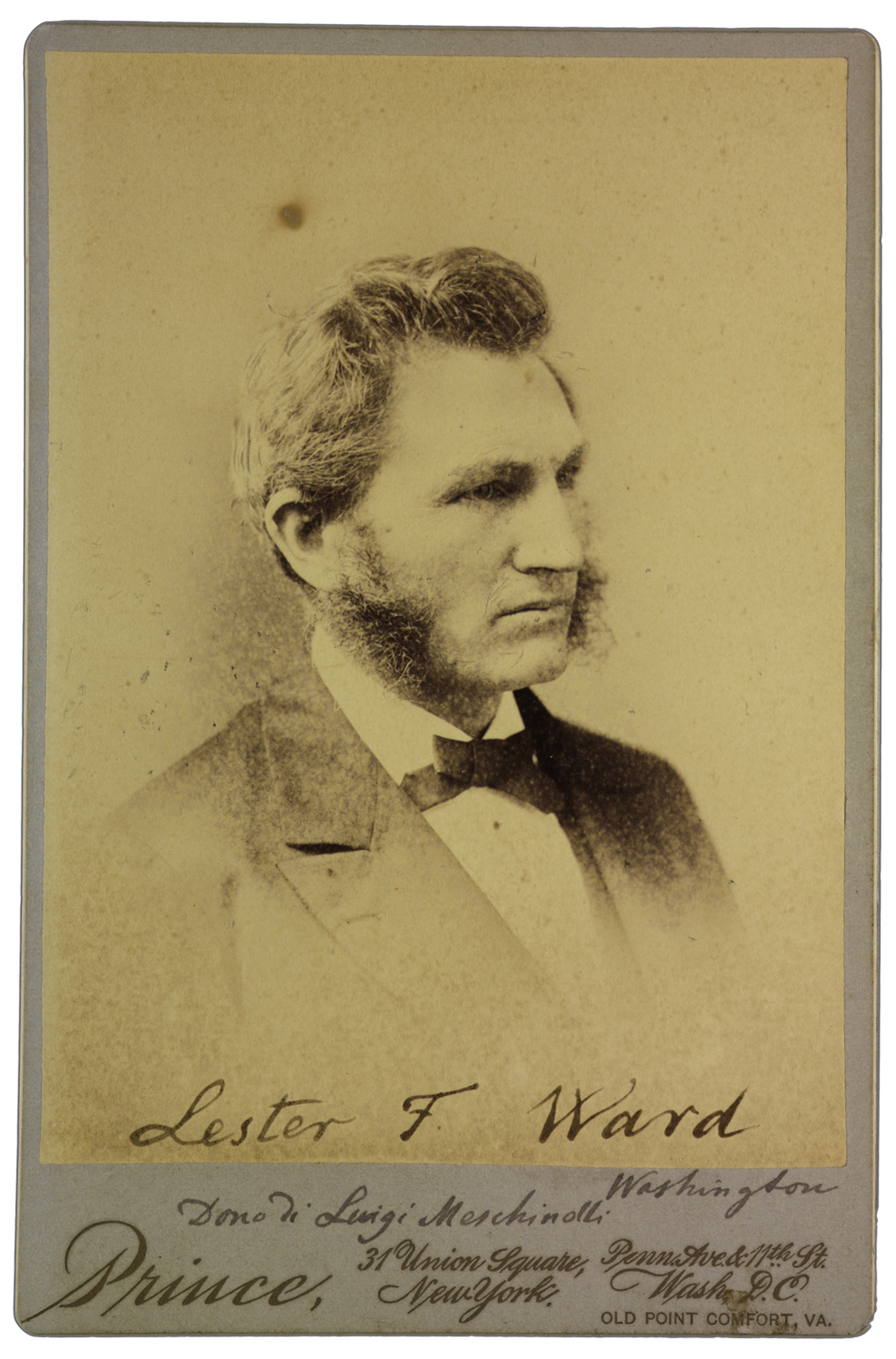
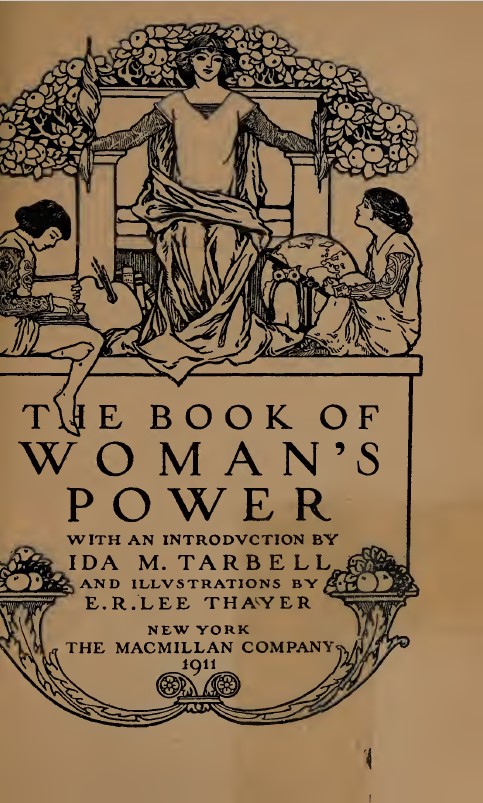
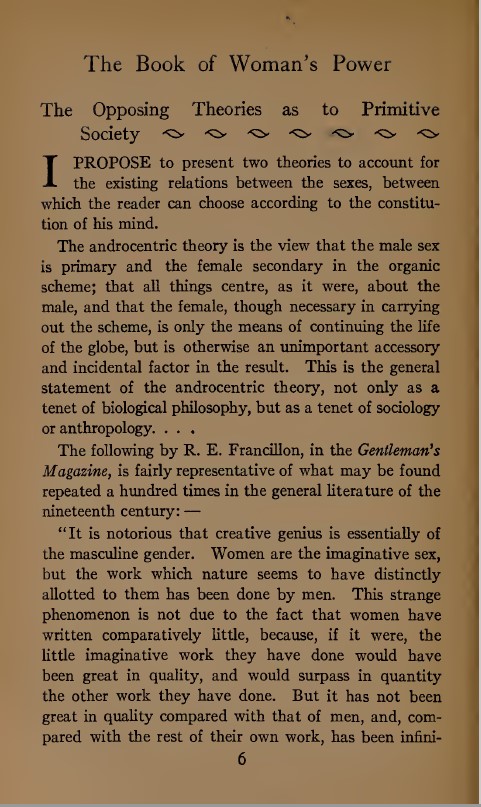
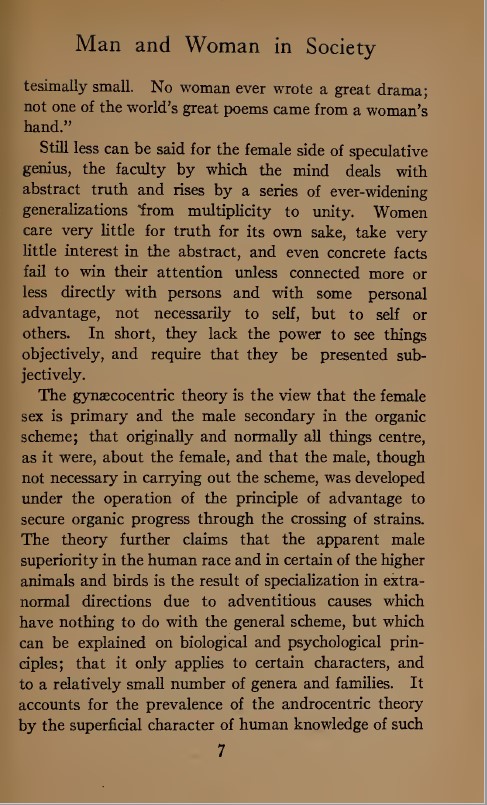
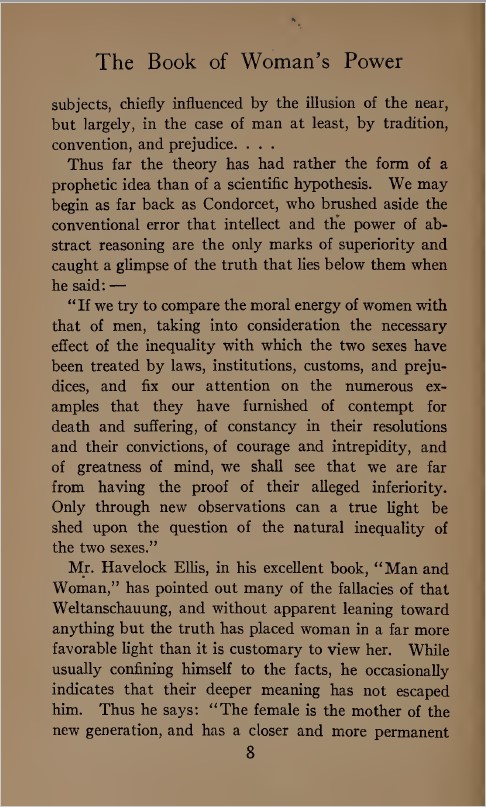

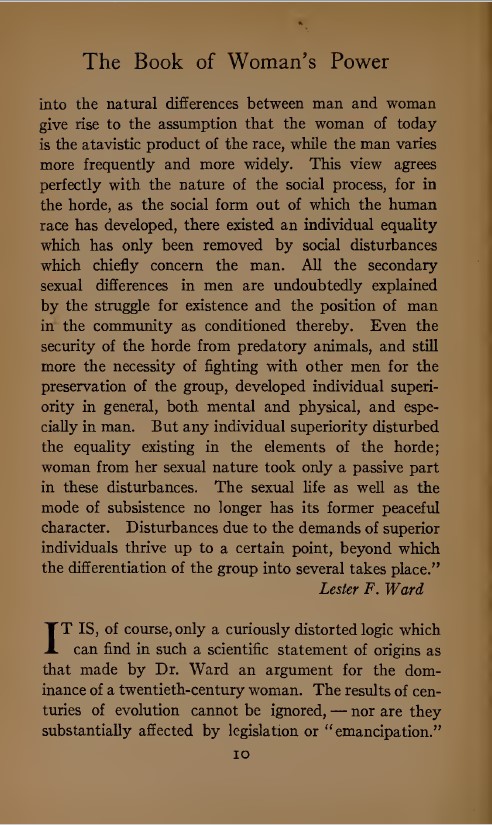



You must be logged in to post a comment.